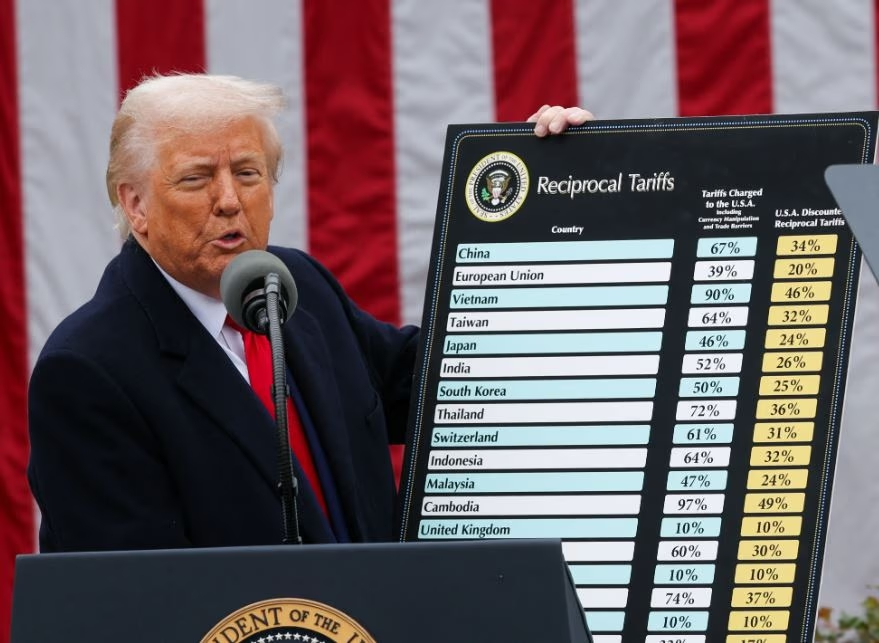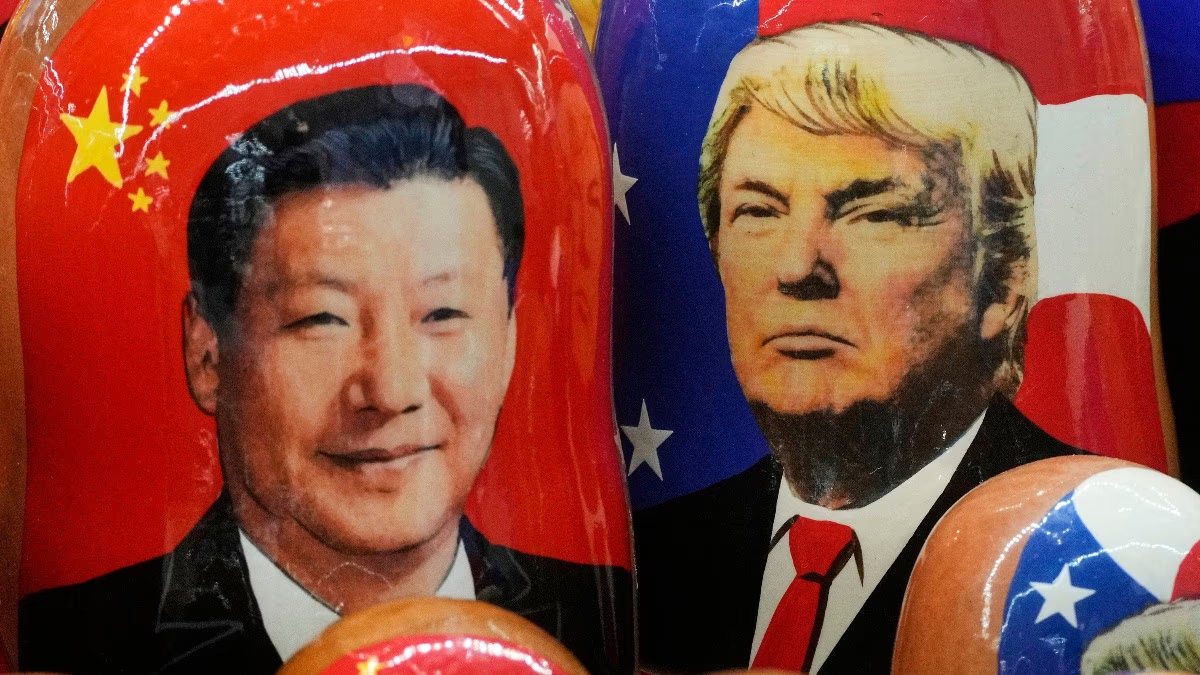US President Donald Trump has threatened to impose more tariffs on India, following a previous 25% tariff decision. Utilizing tariffs as a pressure strategy, America has not only imposed substantial tariffs on India but numerous other countries as well. The critical question now is, can tariffs help Trump restore America's lost prestige?
The Waning of American Dominance
Despite being the world's largest economy, Uncle Sam, or America, faces the reality of falling from its once top position in global sectors, overtaken by China's influence. Can Trump rejuvenate America's former economic prowess through tariffs?
Also Read:
In recent decades, globalization and technological advancements have prompted countries like China and India to challenge America's stature in sectors such as manufacturing, steel, renewable energy, 5G, and electric vehicles. In several sectors, China's dominance is prominent.
Stagnation in the Service Sector
A primary engine of the US economy, the service sector, shows signs of slowing growth as of July 2025. The Institute for Supply Management (ISM) reports a Purchasing Managers' Index (PMI) drop to 50.1, marking the divide between expansion and contraction.
Decline in Manufacturing Power
Today's United States lacks the manufacturing dominance of the '80s and '90s, with China's lead in this field. World Bank data shows China's global manufacturing share at 30% in 2023, while America's stands at 17%. Affordable labor and large-scale production in nations like India and China contribute to this shift, particularly in electronics, semiconductors, and textiles.
Also Read:
In steel production, India is advancing, becoming the second-largest producer after China. In 2023, China accounted for 54% of global production, while the US contributed just 4-5%. Nations like the USA rely heavily on steel imports from China and India.

Source: aajtak
China's Energy Sector Dominance
China has surpassed the US in renewable energy, leading in the production of solar and wind energy equipment. During 2024, China controlled 80% of the global solar panel market, heavily investing in this sector, while America focuses on fossil fuels and nuclear energy.
India has also made strides, surpassing Germany in wind and solar energy production, ranking third after the US and China.
Race in AI and Telecom Sector
Chinese companies excel in telecom equipment. Companies like Huawei and ZTE lead globally in 5G technology, while US companies like Cisco and Nokia trail behind. China's investment policies and government support further cement its 5G infrastructure dominance.
In artificial intelligence, while the US leads, China has promoted research, overtaking the US in AI patent applications last year. China's government prioritizes AI, leveraging extensive data availability to bolster research and development.
Challenges in Electric Vehicle Segment
The electric vehicle sector sees Tesla as a strong American player, but Chinese companies like BYD and NIO have notably expanded production and sales. In 2024, China captured 60% of global EV sales. Strengthening its supply chain through advanced battery technology, China remains a key supplier of EV batteries to the US.
Also Read:
In commercial shipbuilding, countries like China, South Korea, and Japan have eclipsed US efforts. By 2024, China and South Korea controlled 80% of global shipbuilding. Despite investing minimally, the US focuses on military shipbuilding while Asian countries prioritize this strategically.
The consumer electronics market for items such as smartphones and laptops is dominated by South Korean company Samsung and Chinese brands like Xiaomi and Oppo. Asian companies have rapidly advanced in innovation with affordable production strategies, leaving behind American companies aside from Apple.
Behind Bangladesh in Textiles
In rare earth materials, the US lags, prompting discussions for trade deals with nations like Myanmar. China leads in mining and processing lithium and cobalt, holding over 80% of the global market.
Similarly, in textiles, countries such as Bangladesh, Vietnam, and China surpass the US in exports. With cheaper labor and large-scale production, even a powerful nation like the US finds itself importing rather than producing locally.

Source: aajtak
What Will Tariffs Change?
The US employs tariffs as a strategy to minimize trade deficits, aiming to benefit domestic industries. Increased prices on imports due to tariffs can potentially encourage local production. Tariffs on steel and aluminum have already spurred some domestic growth. Trump has suggested tariff exceptions for foreign companies that establish factories in America.
Trump also utilizes tariffs as a pressure tool for trade agreements. Japan recently entered an agreement after a 15% tariff on its exports. However, experts argue that tariffs largely burden American companies and consumers due to rising import prices.
How Can the US Become a Global Leader?
Implementing tariffs alone may not accelerate domestic production immediately. Reliant on Chinese imports, it could take time for the US to shift resources and build self-sufficiency. India and other countries might reciprocally raise tariffs, affecting US exports adversely. Previously, India increased tariffs on American agricultural products.
American tariffs could potentially boost local production in select areas, but restoring its former global dominance requires substantial investments in infrastructure, innovation, and a skilled workforce.




